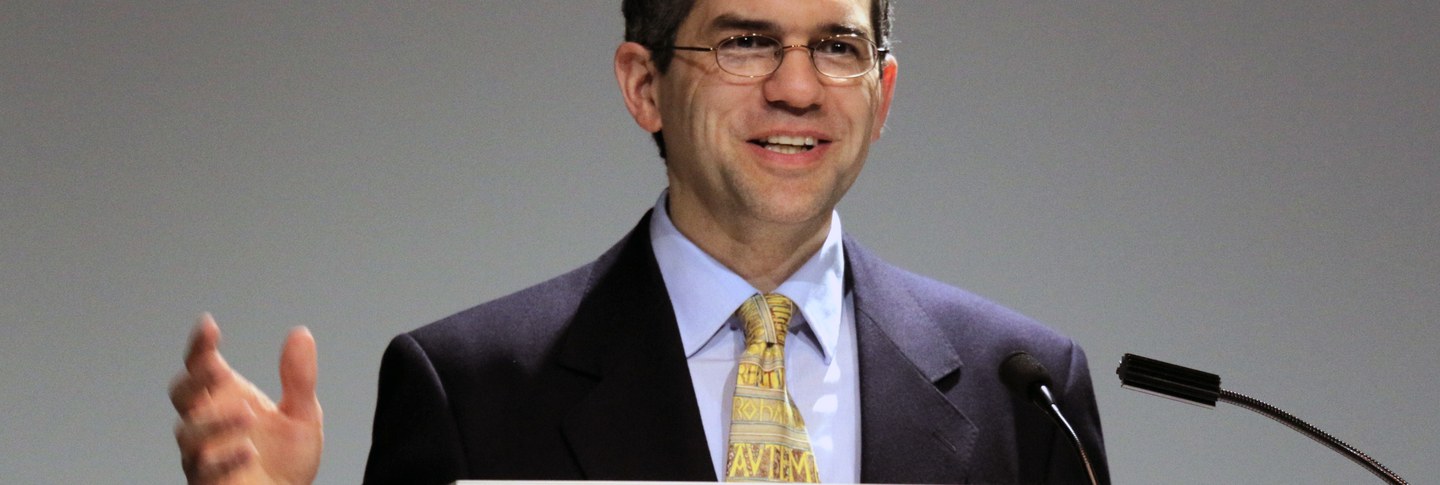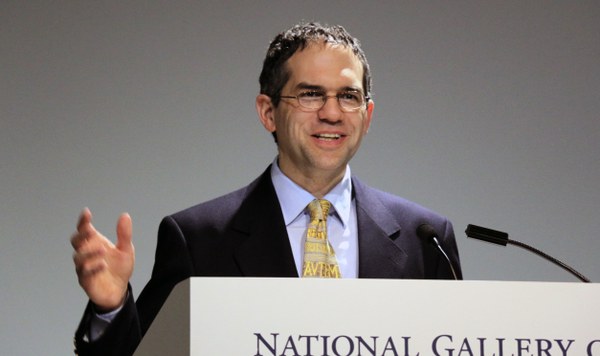On March 3 Anthony Kaldellis, professor at Ohio State University, delivered a lecture at the National Gallery of Art in conjunction with the exhibition Power and Pathos: Bronze Sculpture of the Hellenistic World, which was on display through March 20. Addressing a packed auditorium, Kaldellis spoke of the fate of ancient statuary, primarily bronzes, after antiquity. According to Kaldellis, Constantine and successive emperors collected and used ancient statues as universal images of power that would be intelligible to those living in the city as well as guests and potential invaders. Kaldellis drew from a wide array of sources in history, art history, and archaeology to establish an image of what public spaces in Constantinople looked like over the centuries of Byzantine rule and how these spaces and the monuments associated with them were interpreted. At a time when there did not yet exist a visual idiom of Christian rulership, Kaldellis argued, the designers of Constantinople drew on the vast collection of bronzes throughout the empire to create imagery in the new city that would encapsulate Constantine’s imperial authority. Kaldellis is the author of the volume The New Herodotus of the Supplements to the Dumbarton Oaks Medieval Library series.
A Lecture in Collaboration with the National Gallery of Art

